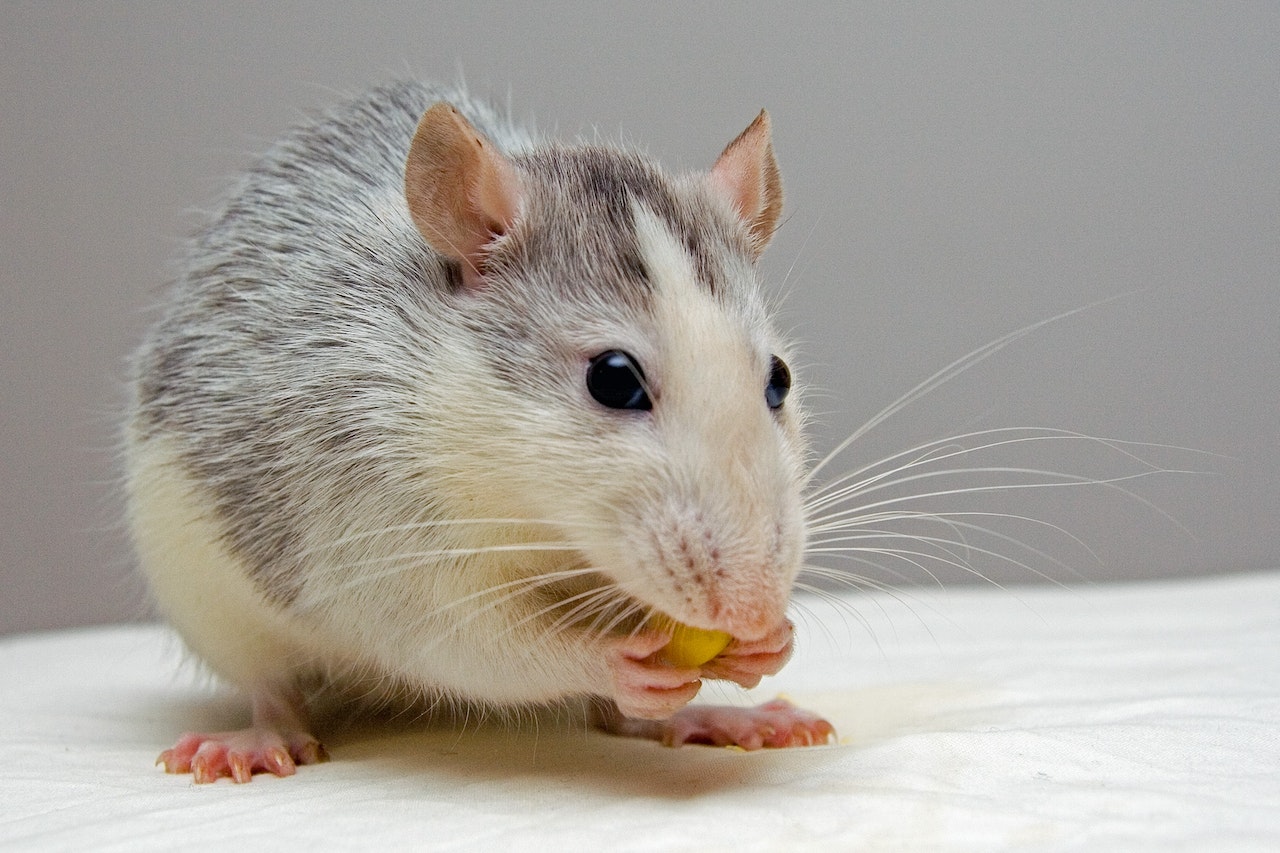
What can we learn from mice when it comes to the global supply chain? As it turns out, quite a lot. By studying these little creatures, we can gain valuable insights into how to optimize our own supply chains for more efficient and higher quality operations. Here are some key lessons that can be gleaned from observing mice in the wild.
Mice are amazing creatures, unparalleled in their relentless pursuit of sustenance. It’s no wonder they can be so successful at finding food sources; after all, cheese is one of their primary dietary staples! But the fact is, mice have a strategy that professionals call 5S – the keys to success. 5S stands for Sort, Set in order, Shine (clean), Standardize, and Sustain. By systematically organizing and executing their search for cheese and other snacks, they ensure they can find a success rate close to 100%. Try employing 5S to achieve your own success – you may be just as effective as a mouse in finding cheese!
Mice are incredible survivors – not only have they endured for centuries, but they have also figured out clever ways of avoiding predators. By employing the 8 wastes, mice can make it virtually impossible for animals or hazardous objects to get close. These 8 wastes include food waste, space waste, time waste, energy waste, unnecessary production waste and material processing methods, defects in product quality and use of wrong methods. Such creative strategies demonstrate mice’s remarkable adaptation in their challenging environments – a testimony to their incredible intelligence and creativity.
Mice are among the most adaptive of creatures, which is why they have been able to survive for centuries. Their ability to quickly and efficiently adapt to changing environments is key to their survival in the face of ESG (Environment, Social, and Governance) challenges. They sense changes in their surroundings, whether it be temperature, food supply or other factors, and they adjust their behavior accordingly. This adaptation provides mice with a distinct evolutionary advantage over other species, allowing them to continue thriving despite ever-changing conditions. With this natural aptitude for change comes a hardiness that allows mice to live longer than many of their non-adaptive counterparts.
Change can blindside us, leaving us feeling out of control and in despair. Our lives are unpredictable, and we must learn swiftness and nimbleness to adapt. We can take a cue from mice, as they have evolved to be swift and agile in the face of change. Mice recognize danger more quickly than humans, enabling them to dodge predators with swift action: a skill valued by life itself. By recognizing change quickly and having the nimble agility to respond swiftly, mice have been able to survive even the most tumultuous environments: a lesson we too must learn if we wish to overcome our own adversities. With swiftness and nimbleness fueling our actions, we can unlock our potential and live life with confidence.
The culture of collaboration and teamwork can be seen in many animals, including mice. By observing mice, we can learn how their culture emphasizes the importance of working together, no matter how different they may be. Diversity plays an important role in successful collaboration because each mouse brings its own unique skills and insights that can capitalize on potential that otherwise might not have been recognized. By understanding and embracing the culture of collaboration and teamwork among mice, we can apply similar techniques to our own teams to foster successful outcomes.
Mice are some of the most fascinating creatures on Earth. They have an amazing ability to find food sources and avoid predators. Their ability to adapt to changing environments is key to their survival. We can learn from mice about the importance of being agile in the face of change. We can also learn about the importance of collaboration and teamwork from observing mice. The next time you are experiencing a supply chain issue, ask yourself, “What would a mouse do?”
Copyright Wesley Paterson 2023